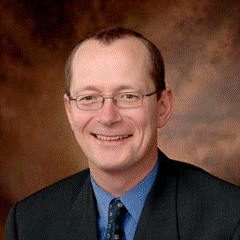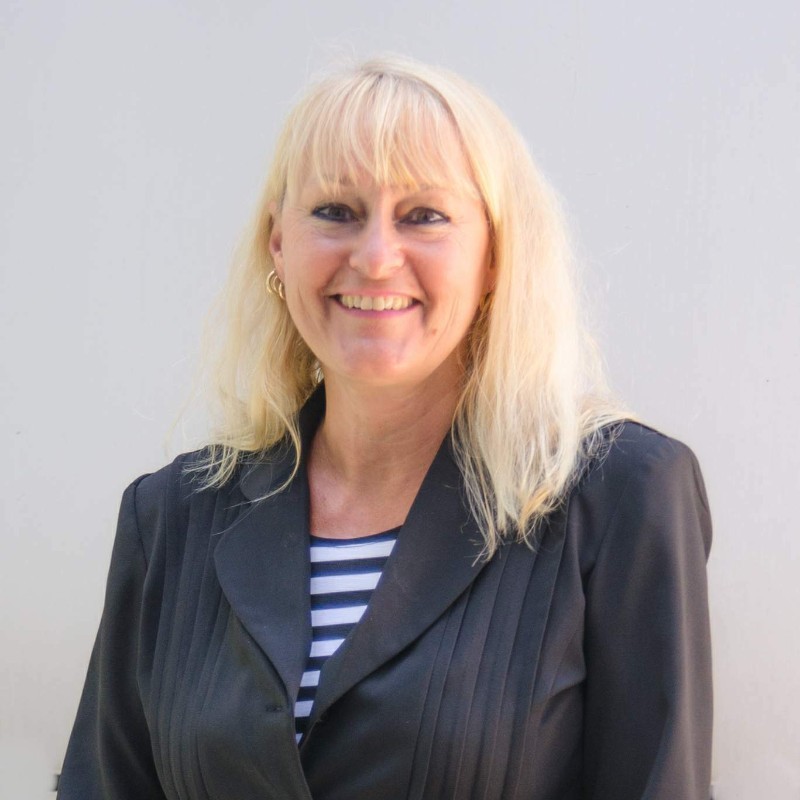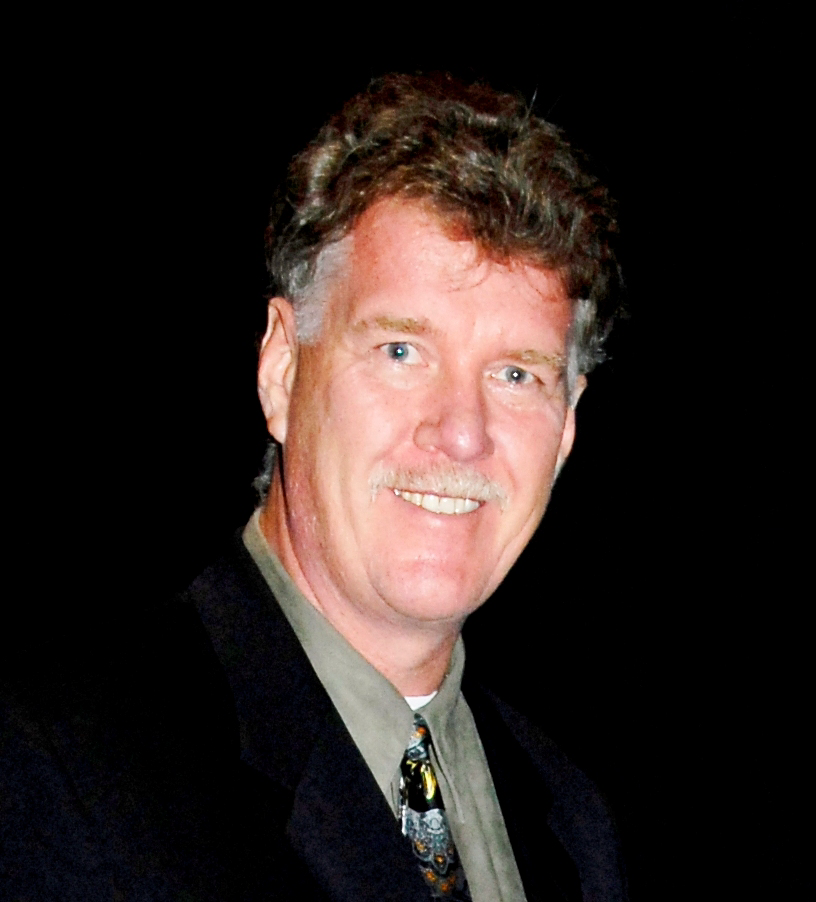Fifty years of raising the standard for safety
IN Partnership with
Half a century after its founding, Canada’s leading safety certification body looks beyond credentials toward a bigger goal: shaping policy, strengthening prevention, and securing the profession’s place at the decision-making table

More


THE STRENGTH of the Board of Canadian Registered Safety Professionals (BCRSP) is the calibre of people it attracts and the strict standards it upholds. You don’t just get the designation; you must maintain it through continuous learning and proof of competence,” asserts Roger Tickner, CRSP, president of Tickner and Associates. He served as a governor throughout the 1990s and is a former BCRSP board chair (1994–1995).
That principle has guided the BCRSP for nearly five decades. As the organization marks its 50th anniversary next year, current and former board members are eager to share what the designation has meant, not only to their own careers but also to the credibility of occupational health and safety in Canada.

The Board of Canadian Registered Safety Professionals is a public interest, not-for-profit association whose certificants are dedicated to the principles of health and safety as a profession in Canada.
On February 10, 1976, a newly designated Canadian corporation was formed for the purpose of certifying qualified safety practitioners as Canadian Registered Safety Professionals (CRSP)®. With the appointment of the first Board of Governors, comprised of leading professionals from a cross-section of safety disciplines, the certification of safety professionals became a reality through the new organization.
Find out more



“In many ways Canada would have been much better served if safety and health was solely a federal jurisdiction, but it isn’t. So you have to live with what you have”
Kevin Dawson,
former BCRSP chair
They describe a journey defined by people, discipline, and persistence. What began as a small body with a handful of certificants has become the recognized standard for competence in Canadian health and safety. The anniversary is not just a commemoration but a moment to reflect on how far the profession has come, and what opportunities still lie ahead.
Those early years were also financially precarious. “The history of an organization gives perspective. In the early days, we were losing money. If we hadn’t changed course, BCRSP might not exist today. Understanding that history shows why we’re strong now,” says Tickner. Introducing fees for exam materials and doubling certification rates stabilized the organization and created the foundation for growth.
Peter Lineen, CRSP, EVP health, safety & environment at Bird Construction Co., who served on the board from 2006 to 2007, emphasizes that the sense of community was as important as the rules themselves. He recalls that board members were motivated not by prestige but by a shared conviction that safety needed structure, credibility, and a unified voice.
“We had a small team, but we shared the same focus: moving safety into the same professional category as other recognized fields,” he says. “That meant doing the hard work of raising entry requirements, developing continuing education recognition, and strengthening examination standards so the designation would carry real weight. We wanted employers and regulators to see that hiring someone
with a BCRSP designation wasn’t just about filling a role – it meant bringing in someone with the depth of knowledge and judgment to manage risk and protect people.”
By the 1990s, financial and governance reforms provided stability. The organization introduced cost-recovery measures, increased certification fees, and moved to a fully elected board. These decisions gave BCRSP the resources to raise standards while ensuring that those setting direction were certificants themselves.
Through the 2000s and 2010s, the board included members like Dawson and implemented strategic initiatives to develop a detailed competency framework for health and safety practice, introduce a robust and standardized examination process as well as certification of safety technicians, improve academic standards, and initiate an accreditiation process for the OHS program. Colleges and universities began offering programs that aligned with BCRSP requirements, giving students clearer pathways into the field. These steps positioned Canadian standards on par with international peers.
“Despite advances in automation, many roles still require people. There are more humans in the equation than many predicted 10 or 15 years ago. That makes strong risk management systems and control practices more critical than ever”
Peter Lineen,
Bird Construction

For all the progress, the profession still lacks consistent recognition across Canada. Provincial jurisdiction has created a patchwork of standards and regulation. “In many ways Canada would have been much better served if safety and health was solely a federal jurisdiction, but it isn’t. So you have to live with what you have,” Dawson observes.
That patchwork holds the profession back. Other countries, such as New Zealand, have national frameworks that give practitioners clear standing. The BCRSP believes similar recognition would strengthen accountability and help bring safety professionals into the room where laws and policies are written.
The urgency is undeniable. As Tickner highlights, “Over a thousand Canadians still die at work every year; that’s a thousand too many. Success in safety has to be measured by fewer injuries and illnesses. We need people who know what they’re talking about at the table to make that happen.”
Tickner frames the issue plainly. “Our pride comes from preventing incidents and illness, not from pats on the back.
Governments need to recognize the value of this designation and give us a seat at the table when writing legislation.”
New challenges are also emerging. As Lineen notes, “Human beings are always the most unpredictable element in any equation, whether it’s profitability, quality, production, or safety. Despite advances in automation, many roles still require people. In fact, there are more humans in the equation than many predicted 10 or 15 years ago. That makes strong risk management systems and control practices more critical than ever.”
Regulators, too, are adapting. “Regulators aren’t shrinking their workforces because of automation – the work is simply becoming more complex. That’s why the BCRSP remains as relevant today as it was 25 years ago.”
Monica Szabo, CRSP (NP) and registered occupational hygienist (ROH), who served as the board chair from July 2019 to June 2020, says the board has shown it is willing to adapt to meet those challenges. “The board is still doing what it always has; for example, environmental scanning, paying attention to what is happening, and tackling challenges rather than delaying. They’re making sure they’re up to date and discussing how to address new ways of doing things,” she says.

Share






Building a profession from the ground up
The next challenge: recognition and influence
Published October 20, 2025
Share








Monica Szabo,
former board chair

“The board is still doing what it always has; for example, environmental scanning, paying attention to what is happening, and tackling challenges rather than delaying. They’re making sure they’re up to date and discussing how to address new ways of doing things”
“Over a thousand Canadians still die at work every year; that’s a thousand too many. Success in safety has to be measured by fewer injuries and illnesses. We need people who know what they’re talking about at the table to make that happen”
Roger Tickner,
Tickner and Associates

For much of the 20th century, safety was treated as a secondary task within organizations. Engineers, supervisors, or managers might be assigned responsibility, but rarely with formal training.
“When I was actively involved in safety in the earlier days, it was not really considered a standalone function,” says Kevin Dawson, the 23rd BCRSP chair, who earned his certification in 1998. “It was something you learned on the job. The BCRSP’s goal was to change that … to advance safety into a true profession within organizations, with formal academic training, defined competencies, recognized credentials, and a clear standard of practice. That shift has transformed not only how safety is managed but also how it’s valued.”
The stories of those who came through in the 1980s and 1990s show how different the environment was. Candidates had little in the way of study resources. Roger Tickner remembers preparing for his 1983 exam largely in libraries, with no guidebooks or structured programs. Passing was as much about determination as knowledge.
Today, board members describe the certification as a signal of trust. “BCRSP sets the platinum standard,” Tickner says. “It signals to employers, government, and the courts that someone has achieved a high level of professional competence in safety. That makes us stand out.”
That reputation was built on decisions that prioritized credibility over convenience. Computer-based testing, psychometrically validated exams, and mandatory maintenance requirements ensured certificants remained accountable throughout their careers. Certification became a process of lifelong commitment rather than a one-time achievement.
For employers and regulators, this credibility is a practical
The value of standards
imperative. Hiring a certificant means confidence in competence. For the profession, it has brought international recognition. BCRSP is a member of the International Network of Safety and Health Professional Organisations (INSHPO), which developed a global competency framework. Canadian standards today are aligned with, and in some cases stronger than, those abroad.
Szabo says that progress is visible in how widely recognized the designations have become. “We’ve come a long way from the beginning. I was around right at the start and have seen how much the board and the number of certificants have grown, even interest from outside of Canada in receiving our certification. I look forward to seeing the board continue to be successful,” she further elaborates.
Fifty years on, the BCRSP has proven that safety can be a profession, not just a legislated obligation. It has raised standards, built credibility, and helped Canadian practitioners align with peers on the international stage.
As BCRSP enters its next chapter, the task is not simply to maintain the standards it has set but to translate them into greater influence. That means ensuring that safety professionals shape public policy, inform legislation, and reduce the toll of workplace injury and death.
BCRSP will be marking 50 Years of Safety Certifications: Honouring our Past, Securing our Future with an Anniversary Celebration Conference May 10–12, 2026, in Niagara Falls, Ontario.
A profession still in motion
Copyright © 2025 KM Business Information Canada Ltd.






Advertise
About us
Contact us
Privacy
Terms of Use
RSS

Newsletter
Digital editions
Authors
External contributors

News
Topics
Resources
Events
Best In Safety
Subscribe
Copyright © 2025 KM Business Information Canada Ltd.






Advertise
About us
Contact us
Privacy
Terms of Use
RSS

Newsletter
Digital editions
Authors
External contributors
News
Topics
Resources
Events
Best In Safety
Subscribe


Copyright © 2025 KM Business Information Canada Ltd.






Advertise
About us
Contact us
Privacy
Terms of Use
RSS

Newsletter
Digital editions
Authors
External contributors
News
Topics
Resources
Events
Best In Safety
Subscribe

